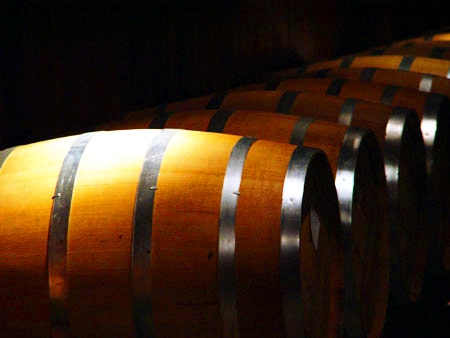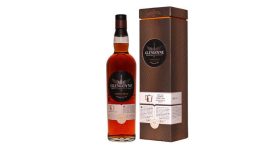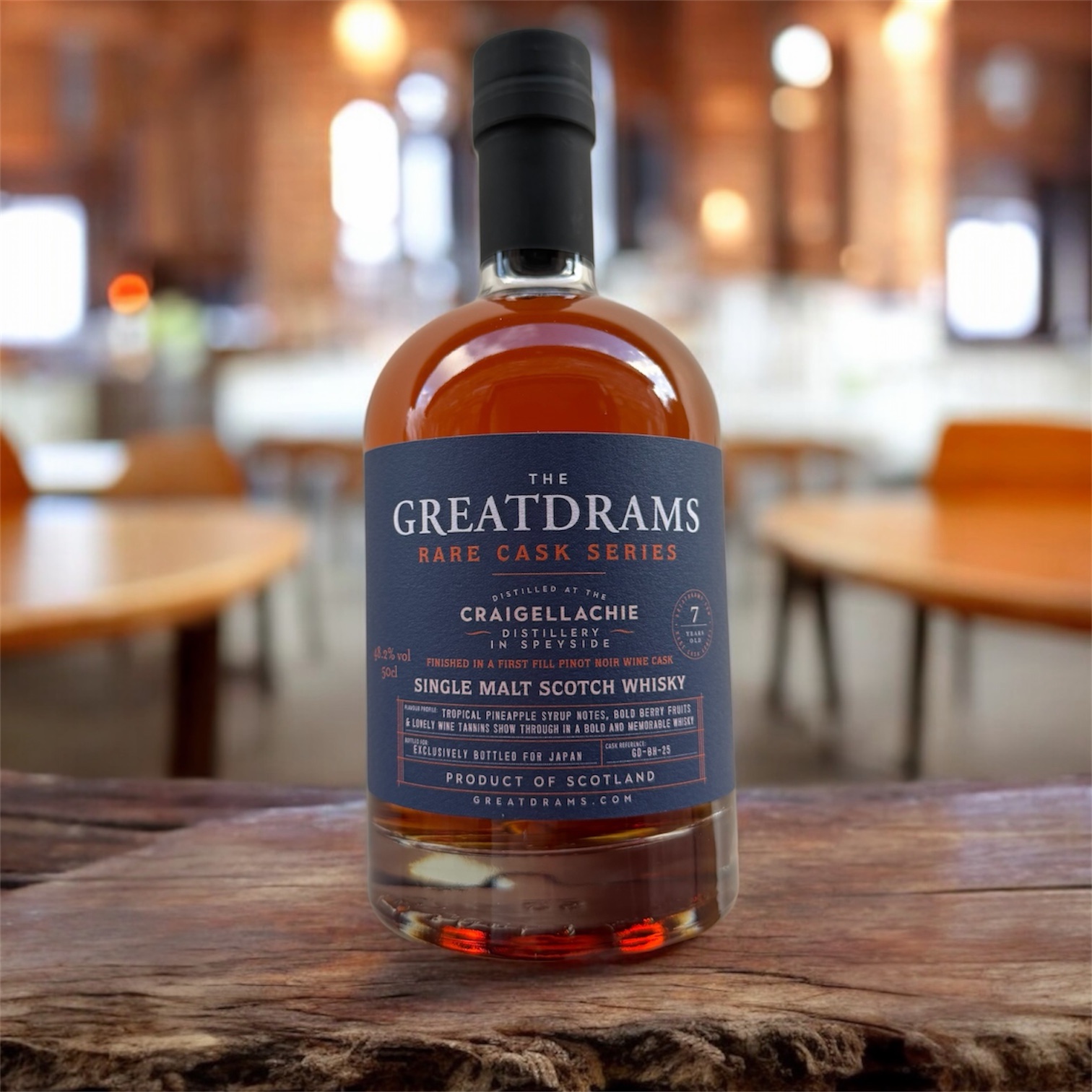The Definitive GreatDrams Whisky Glossary
let’s begin
Here it is, the GreatDrams Whisky Glossary where you'll find all manner of answers to your 'what does that mean' questions, feel free to comment and request any I have left out.
ABV – alcohol by volume is the alcoholic strength measured as the percentage of alcohol present. Which seems a pretty fair approach.
Age Statement – gives the age of the youngest component of the whisky. In Scotland the minimum that this can be, by law, is 3 years. Maturation stops at bottling; so once packaged up, whisky can be forever 21. Lucky sod.
Angel’s Share – the tiny portion of alcohol that evaporates from a cask during maturation. This is approximately 2% of the contents of a cask per year in the UK. Cheeky angels.
Blended Scotch – a whisky which contains a variable amount of blended malt and grain whiskies. Usually there will be about 40% malt to 60% grain. The final taste is called a ‘top dressing’, which is a highlight in itself. Blends are ideal for cocktails.
Cask Strength – also known as barrel proof, this describes the ABV use for a whisky during its time in a cask when maturing. This usually knocks around the 60-65% mark.
Casks – the wooden barrels used to mature whisky, usually made from oak. They come in all sorts of shapes and sizes.
Charring – burning the inside of the cask. The blackened result accelerates the leakage of natural compounds from the wood to the whisky. Sharing is caring.
Chill filtration – when natural substances which make whisky go cloudy are removed before bottling. Metal meshes and chilling are involved, in a process which some would describe as ‘a faff’.
Cooper – the highly skilled person who makes the casks. What a guy.


Distillation – the process wherein the whisky wash is heated in the still, causing the alcohol vapours to evaporate, travel along the lyne arm, and condense back into a liquid again. Whisky is often double or triple distilled.
Distillery – the production site of whisky. Any sane man’s sanctuary.
Dram – the traditional Scottish name for a glass of whisky, or ‘drum’ spelled by a man who has had too many of these.
Fermentation – the process of converting sugars into carbon dioxide and alcohol, with the addition of yeast and enzymes. Once there is enough alcohol, the yeast dies. GCSE science, vindicated.
Floor Malting – an old school way of producing malted barley, by soaking it in water and laying it out on a wooden floor for about a week until germination starts to happen. This method is labour intensive as the barley is turned by hand. A job for the keen intern.
Graff – any grain husks or residue left over after mashing, otherwise known as brunch for animals.
Grain whisky – the raw materials here tend to be unmalted barley, wheat or maize. No snobs allowed.
Grist – malted barley which has been ground beyond recognition, into a powder which can be added to water to become mash. The natural sugars can then dissolve into the liquid.
Malt – barley which has been encouraged to germinate by being soaked in water, before being dried out to stop it germinating any more. Basically, we mess the barley around to the point where the starch is converted into soluble compounds which makes fermentation possible.
Malt Kiln – the huge oven of a room in which barley is heated to stop the germination process and remove moisture, in preparation for milling. These can either be fuelled by peat, coal or oil. ..they aren’t picky.
Malt whisky – controversially, the raw base of malt whisky is barley malt, fermented with a bit of yeast for good luck. Generally this kind of whisky is seen as far
superior to the common grain whisky used for blends.
Marrying – mixing two types of whisky together. It’s not just for Christmas.
Mashing – this is the therapeutic bit where grist is added and crushed in warm water, so that the natural sugars can dissolve to make a syrupy solution before fermentation. All of these shenanigans take place in a large tank called a mash tun, and the solution is called wort. The wort is eventually passed to the washback tank ready for fermentation.
Master Blender – the lucky devil who selects and mixes whiskies of different origins to achieve enviable flavour profiles.
Maturation – the time taken for a whisky to gain its optimum level of character from the wooden cask in which it is stored. All sorts of wonderful things happen here; natural oils being passed off from the wood being just one of them.
Milling – grinding the dried malted barley into grist, and knowing what that means.
Monkey Shoulder – the repetitive strain injury that commonly occurred after floor malting. It’s unclear whether any monkeys have legitimately experienced this.


NAS – No Age Statement whisky is like an in denial celeb, in the sense it does not admit its age. In Scotland, it will still be at least 3 years old as this is the minimum legal requirement.
Neat – whisky served on its own, straight up, showing off.
Nose – the aroma of whisky; a spirit so great that it has its own word for ‘smelling’ which is, you got it, ‘nosing’.
Peat – decomposed vegetation which forms a bog, but can then be cut in slices to lace malt kilns during the whisky production. It might not sound gourmet, but peat gives Scotch its smacks of smokiness.
Pot still – usually made from copper, thanks to magical conductive skills, these are essentially huge kettles, or pots, in which the whisky wash is heated. The vapour runs through the neck and starts condensing in the lyne arm.
PPM – the abbreviation of parts per million, the scientific measurement which represents the amount of phenols present in whisky, which will have been absorbed by the burning of peat.
Proof – traditionally means ‘of tried strength and quality’, but in basic terms it is typically defined as twice the percentage of alcohol by volume. It’s the way Americans like to determine alcoholic strength…so 50% ABV is 100 proof. Or 50% ABV, as you were.
Scotch – whisky that has been exclusively matured and distilled in Scotland. For example; Japanese Scotch = not a thing.
Scotch on the rocks – the act of enjoying your whisky with ice, otherwise known as whisky suicide. Innocent flavours are killed in this process.
Single Malt – a whisky by this definition has been produced solely in one distillery, and has not been blended with any ingredients or produce from elsewhere. However, the whisky could contain several whiskies which have been produced over a couple of years. Basically, the result of distillery monogamy.
Tasting notes – describe the flavour of whisky; make them up as you go along.
Vatted malt – a whisky made up of two or more single malts which have been blended together. This way the drink can be more consistently ‘tuned’ to bring out a particular character. Consequently the whisky can taste slightly less hardcore, so can be a good place to start for beginners. No grain whisky allowed.
Wash – the alcoholic liquid which is used to make whisky.
Wash Still – stills usually operate as double acts and this is the first and largest of the two. The second round of distillation happens in the spirit still.
Washback – the massive vat in which fermentation takes place. Look for the big stainless steel thing.
Whisky – knowing what whisky is, is a great start to becoming a connoisseur of the stuff. The barley based brilliance bore its name from the Scottish and Irish Gaelic phrase ‘uisge beatha’, or ‘water of life’. A bad game of Chinese whispers brought us to whisky.
Wort – the questionable word for the sugary solution that goes forward to the fermentation process.














